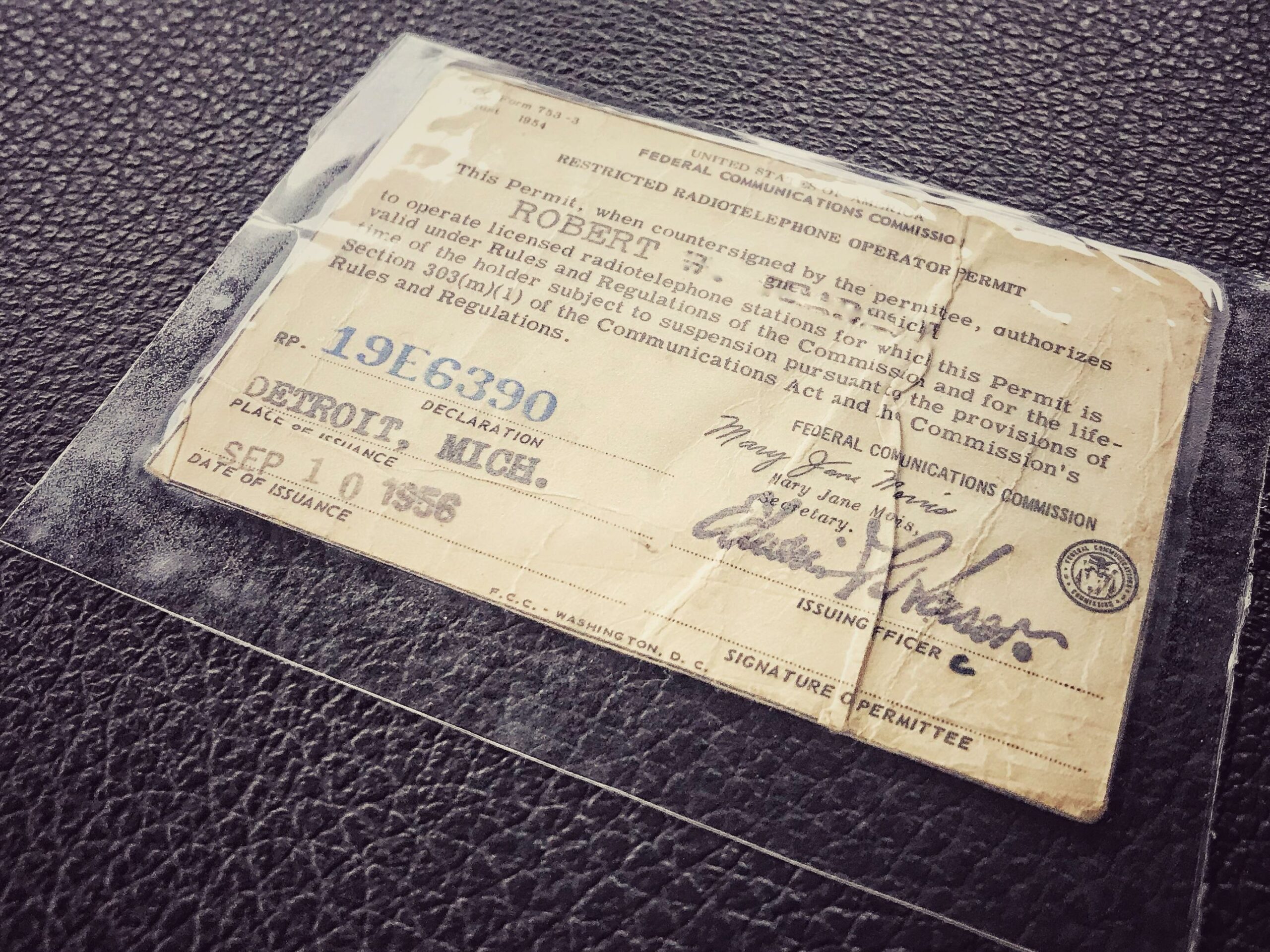Your cart is currently empty!
Your Guide to Getting a Ham Radio License: Everything You Need to Know

In an age of instant digital communication via smartphones and the internet, the allure of ham radio might seem like a nostalgic throwback. However, amateur radio is a vibrant, global hobby that connects people through technology, emergency preparedness, and a shared sense of discovery. It’s the original social network — and getting your ham radio license is the key to unlocking a world of long-distance communication, technical experimentation, and community service.
This guide will demystify the process and set you on the path to earning your official call sign.
Step 1: Understanding Ham Radio License Classes
The first step in your ham radio journey is understanding the licensing structure. In the United States, the Federal Communications Commission (FCC) grants three main license classes: Technician, General, and Amateur Extra.
- The Technician license is the entry point for most new operators. It requires passing a 35-question exam covering basic radio theory, regulations, and operating practices.
- This license grants full privileges on all VHF and UHF amateur bands (like 2 meters and 70 cm) — perfect for local communication via repeaters — and limited privileges on the HF shortwave bands, allowing for some long-distance contacts.
Step 2: How to Study for the Ham Radio License Exam

Preparing for your exam is easier than ever thanks to online resources. The FCC question pools for all license classes are publicly available, and many aspiring hams use dedicated websites and mobile apps that offer practice tests and flashcards.
Some great study tools include:
- ARRL Ham Radio License Manual (Technician Class)
- Ham Radio Prep Online Course
- HamStudy.org App
- Craig “Buck” K4IA The Easy Way
If you prefer a more hands-on approach, check out YouTube channels run by experienced hams (often called Elmers), who break down concepts with visuals and demonstrations. A few weeks of consistent study is typically enough to pass confidently.
Step 3: Finding and Taking the Exam
Exams are administered by Volunteer Examiners (VEs) affiliated with organizations like the American Radio Relay League (ARRL).
You can find testing sessions at local ham radio clubs or community centers, or take an online exam through FCC-approved video conferencing sessions — perfect for testing from home.
After passing your exam, your new call sign usually appears in the FCC database within a week, officially making you a licensed amateur radio operator!
Essential Gear for Your New Ham Radio Hobby
Once you’ve earned your ham radio license and call sign, it’s time to get on the air. Your first setup depends on your goals and license class.
🎙 Recommended Beginner Radios
- 🔹 Baofeng UV-5R Dual Band Radio — Affordable and perfect for beginners.
- 🔹 Yaesu FT-60R Dual Band Handheld — Reliable with superior build quality.
- 🔹 Icom IC-7300 HF Transceiver — Ideal for those ready to explore worldwide HF communication.
📡 Must-Have Accessories
- Nagoya NA-771 Dual Band Antenna – Great signal boost for handheld radios.
- Mfj-4230Mv Power Supply – Compact and dependable for base stations.
- Programming Cable for Baofeng/Yaesu Radios – Easily program repeaters and frequencies via computer.
As your skills grow, you can upgrade your antenna system or even build your own. The ham radio community is incredibly supportive — don’t hesitate to ask local club members for help or check for used equipment to save money.
Why Getting a Ham Radio License Is Worth It
Earning your ham radio license is more than just passing a test — it’s your entry into a lifelong hobby that blends technology, communication, and public service. You’ll join a worldwide network of friendly operators ready to share advice, help in emergencies, and make new friends across continents.
So study up, get licensed, and get ready to say the words every ham loves to call out:
“CQ, CQ, CQ — this is [Your New Call Sign]!”
Amazon Disclosure
As an Amazon Associate, I earn from qualifying purchases. This means if you click on an affiliate link on this page and make a purchase, I may receive a small commission at no extra cost to you. This helps support the blog and allows me to continue to create free content. Thank you for your support!

Leave a Reply